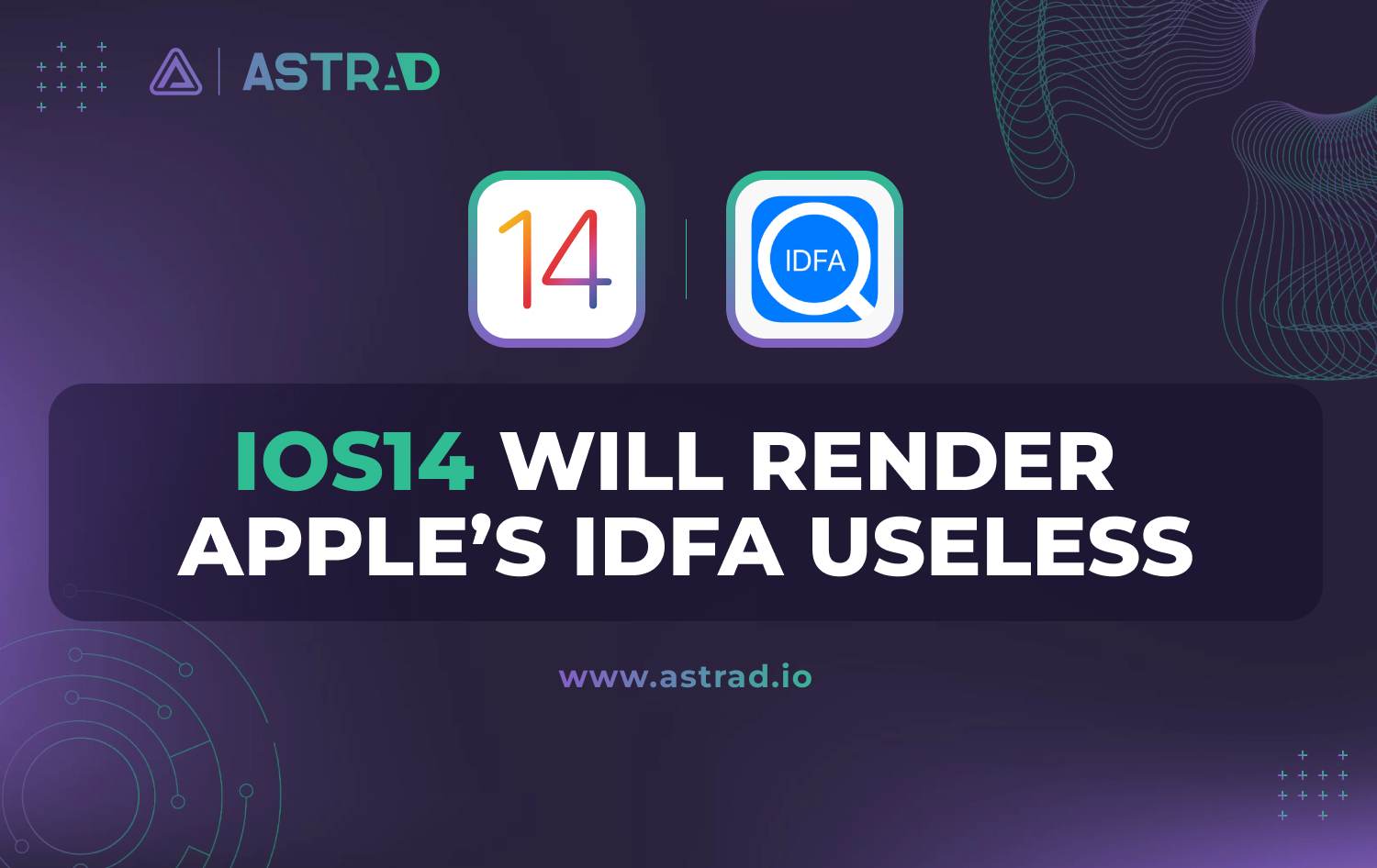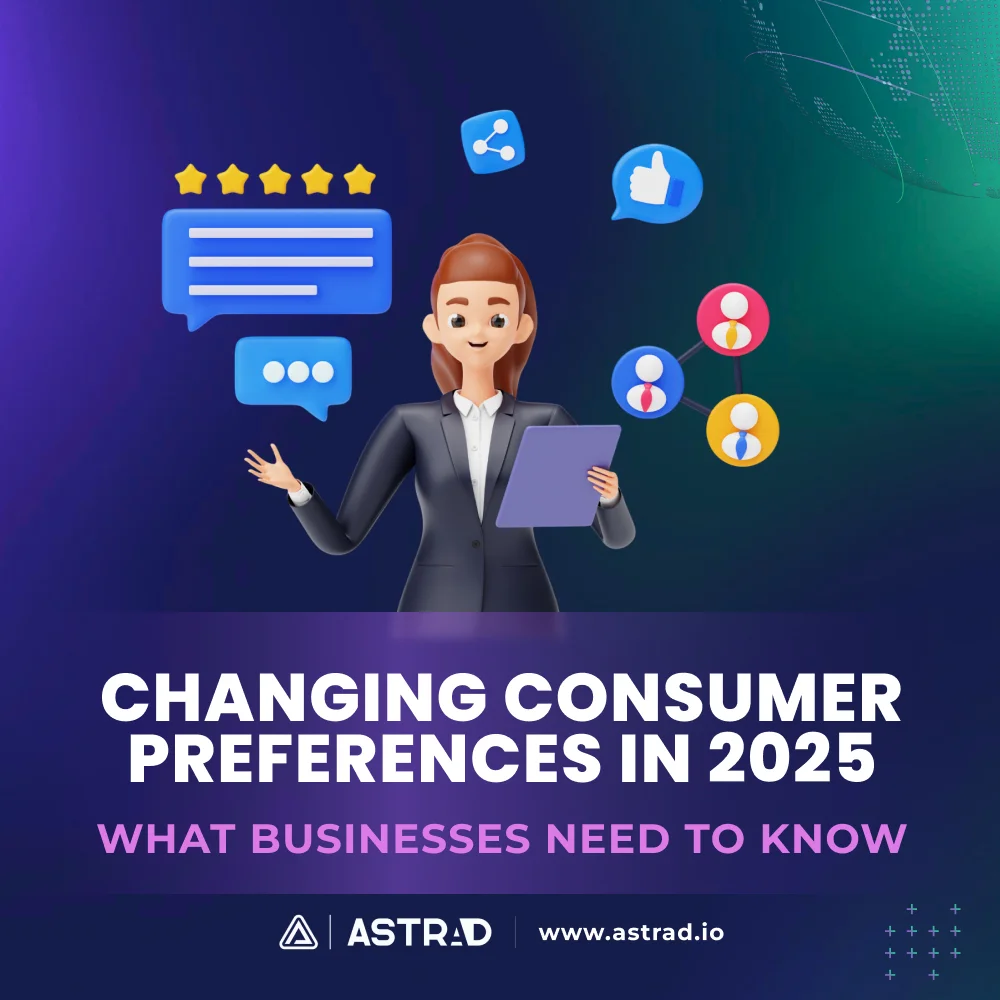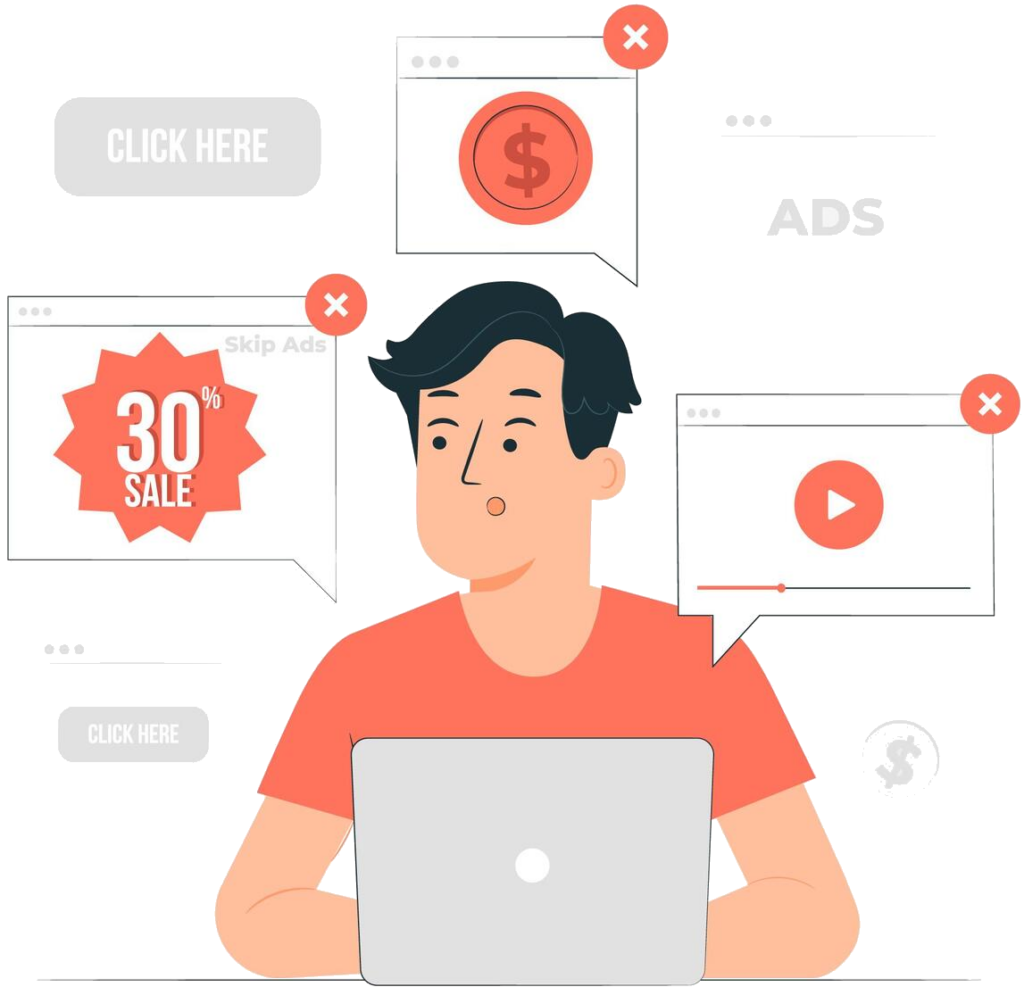Apple finally dropped the bombshell that will make its IDFA useless as of iOS 14, to be released in September 2020. The news from Apple’s WWDC on June 22nd was expected from some people in the industry. It was a matter of when, NOT if.
Apple has already addressed online tracking with ITP (Intelligent Tracking Prevention), limiting companies’ ability to track users on their Safari browser. This now means that Apple will have control over access to personal information in-app and on the web in line with its strong position on consumer privacy, contrary to other internet giants such as Google and Facebook.
The app install business is estimated to be worth $80 billion this year, growing to $120 billion in 2022, according to Appsflyer. The industry’s problem is that iOS represents a large share of this massive market because iOS users are, in general, more valuable than Android users, and the planned changes will disrupt the market based on the information we know today.
What’s happened
Apple has introduced an explicit opt-in box for apps that want access to the user’s IDFA to track them for advertising purposes. Once a user has confirmed their choice, this will be applied to the app across all mobile, tablet, and Apple TV devices. As far as is understood, the user can only be asked once for permission, and it will be down to the app developer to decide when it is best.
Impact on the global app install space
Developers must use the new AppTrackingTransparency framework to access the IDFA and request user permission to track them. Users will be presented with something similar to the box below, and developers can customize some of the text to convince the user to opt in.
In its documentation, Apple says, “Developers need to use the AppTrackingTransparency if the app collects data about end-users and shares it with other companies to track users across apps and sites.”
Today, iOS users can opt out of being tracked by enabling the Limit Ad Tracking (LAT) feature, which can be found under Settings > Privacy > Advertising. For users that have enabled Limit Ad Tracking, a “LAT = 1” flag is passed to Adtech platforms so that they know to ignore that user, as without IDFA, performance cannot be measured. Also, Apple sends the IDFA as zeros.
According to Singular, over 30% of users have now enabled Limit Ad Tracking. Users need to navigate three levels down into the iOS menu so that the number may appear on the high side. That’s not surprising given the increasing heightened awareness about consumer data privacy and tracking by the big internet companies.
Some industry commentators have guesstimated that opt-in rates for users to give permission in IOS14 for explicitly tracking will be between 10-20%. That number effectively kills IDFA as a mechanism for iOS app installs tracking and attribution, impacting an entire value chain that has been built around MAIDs (Mobile Advertising IDs): user tracking, marketing measurement, attribution, ad targeting, ad monetization, device graphs, retargeting and audiences.
The evident and fundamental shift here is that Apple is moving the opt-in from a general level setting on the device where a user can make changes whenever to an explicit one-time-only opt-in on an app-by-app basis. For iOS 14, this means that while a user may have opted in on one or more apps they mainly trust, they may have denied permission for tracking purposes on all other apps. This is a messy fragmentation.
Aside from app install attribution, this will impact other useful features commonly used in programmatic advertising: cohort reporting, frequency capping, and estimating unique audience reach.
Possible solutions
- Device fingerprinting: This is the obvious solution, but it’s unclear if it will be acceptable to Apple.
- SKAdNetwork: Apple has proposed an update to the SKAdNetwork framework.
SKAdNetwork
Apple may have offered the app install space a possible way forward using its SKAdNetwork framework for measuring the success of ad campaigns and attribution while maintaining user privacy. The ad networks must register with Apple, and developers must configure their apps to work with the ad networks.
When a user clicks on an ad, there is a redirect to the App Store and basic information such as Network, Publisher, and Campaign ID is passed. When the app is successfully installed, the App Store will respond with a conversion postback to the Ad Network containing AdNetwork ID, Campaign ID, and Conversion Value but no device ID. The whole process is controlled and managed by the App Store. Source Apple
What about in-app monetization
Apple’s changes will impact iOS apps where users are not explicitly permitted to be tracked. How it will affect is still unknown and hard to estimate, but it’s fair to say that developers will notice a change in their monetization KPIs and the types of ads being delivered. For example, CPMs are likely lower and displayed ads will not rely on IDFA.
App developers must update their iOS SDK to support iOS 14, implement the AppTrackingTransparency framework and SKAdNetwork API, and register with their ad networks.
Fyber has already released a contextual ad targeting solution for the post-IDFA era that provides DSPs with additional privacy-friendly data points for targeting and optimization purposes.
Other monetization options that are app developer-centric could be to explore capturing other unique identifiers in the app, such as email or the introduction of more in-app payments of subscription services to compensate for a possible decrease in revenue due to iOS14.
What we don’t know
- Impact on Self-Attributing Networks: There are many self-reporting ad networks, including Facebook, Google, Twitter and Snapchat. These ad networks receive data from the MMPs, and they then define their methodologies, often skewed toward their interests.
- Impact on non-self-attributing networks (e.g., most DSPs): Apple refers to “ad network” in its documentation with no specific reference to programmatic advertising.
- What’s the role of the MMPs (Mobile Measurement Platforms), if any? Could they fulfill the Ad Network role in the chain? Would MMPs sit between ad networks and DSP? What do advertisers think?
- Ad fraud? This was previously possible because data was shared; now that data sharing is limited, how will existing ad fraud solutions operate?
- The SKAdNetwork will provide minimal data back to the ad network, and there will be a delay. No user or device data will be sent back. The limitations and impact here need to be fully understood.
- What will happen to the many features that once relied on MAIDs (user targeting, device graphs, retargeting, frequency capping, unique audience reach, etc.)
- Can we rule out fingerprinting entirely yet?
Conclusions
Advertisers won’t stop spending. However, there are still many unknowns and limitations with Apple’s plans that the industry needs to get its head around fast and work out how they move forward.
Many questions need to be answered, but we will have to wait until September when iOS 14 is released, and Apple clarifies how the industry will be able to operate.
The big elephant in the room now is what action Google will take following Apple’s decision and when that will likely happen.
iOS 14 and Covid-19
One final thought: the timing for this change couldn’t be worse. We are experiencing a crisis with yet many unknowns. The ad tech app economy comprises hundreds of businesses with tens of thousands of people worldwide. With hindsight, Apple could have been more considerate given Covid-19 and postponed implementation until 2021. This will impact people, jobs, livelihoods, app development, etc. Who knows, maybe Apple will read this paragraph and change their minds. We will see.






